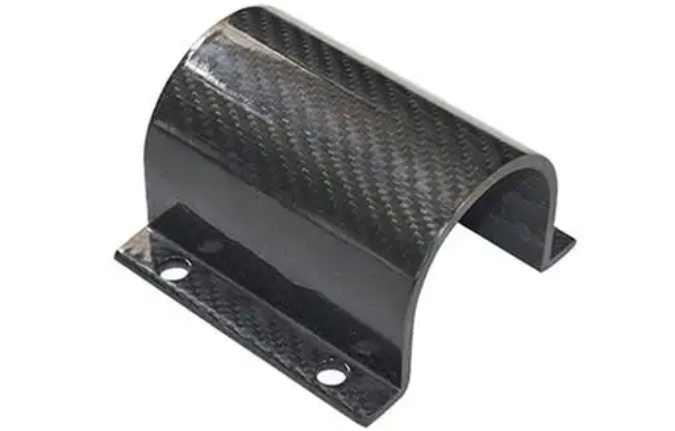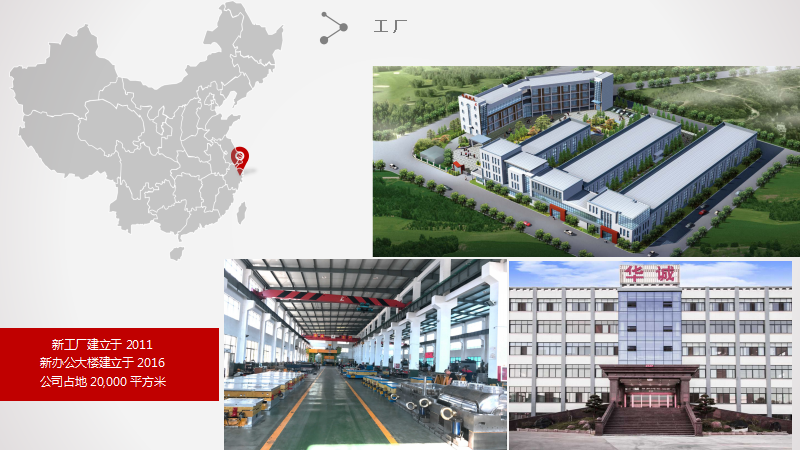The effects of temperature and pressure on the performance of carbon fiber products during thermosetting molding?
Release time:
2025-04-22
In recent years, the application of carbon fiber composite materials in the automotive industry has gradually increased, and it is not limited to foreign luxury vehicles; there are also some trial cases in domestic electric vehicles.
In recent years, the application of carbon fiber composite materials in the automotive industry has gradually increased, and this is not limited to foreign luxury vehicles; there have also been some trial applications in domestic electric vehicles. Automotive applications mostly use thermosetting carbon fiber composite materials. Related products have gradually transitioned from decorative parts to core system components, signifying an improvement in carbon fiber processing technology and demonstrating the increasing application value of carbon fiber.
Currently, most carbon fiber products are made using hot pressing or molding processes. During the forming process, temperature and pressure are very important processing factors. Reasonable control of temperature and pressure can ensure that the properties of thermosetting carbon fiber products are more stable.

Temperature Influence
In the curing stage of thermosetting carbon fiber products, temperature is one of the key factors affecting molding. However, the temperature is not fixed; it changes with the resin matrix. The temperature range is usually 120°C~180°C. During the entire thermosetting process, the resin in the carbon fiber composite material undergoes a chemical reaction, and the composite material gradually hardens. This process is irreversible. High-performance carbon fiber composite materials are usually accompanied by better high-temperature resistance, which also increases the overall curing temperature, so the corresponding curing temperature will be increased, and may even exceed 200°C.
The curing temperature has a direct impact on the forming process and post-forming properties of carbon fiber composite material products. Temperatures that are too high or too low will both bring irreversible negative effects. Therefore, during the forming stage, it is necessary to carefully control the temperature and strictly control it during the heating, holding, and cooling stages to avoid the scrap of carbon fiber products.
Temperature Too High
1. Over-curing: High temperatures will cause the resin to over-cure, or even begin to decompose, leading to increased brittleness and reduced flexibility.
2. Thermal Degradation: The resin may degrade, losing its impact resistance and reducing its performance.
3. Internal Stress: Rapid or excessive heating can lead to uneven curing, creating internal stress, which in turn can cause warping or dimensional instability.
Temperature Too Low
1. Incomplete Curing: The resin may not be able to fully cure, resulting in weaker cross-linking in the matrix, significantly reducing the mechanical strength, stiffness, and thermal stability of the composite material.
2. Performance Degradation: Insufficient curing will reduce chemical and heat resistance, making the composite material more prone to deformation and damage under load.
3. Weak Durability: Uncured products are more prone to delamination and cracking, reducing long-term durability.

Pressure Influence
Compared to temperature, pressure control is also a core factor that directly affects the molding of thermosetting carbon fiber products. The molding pressure of carbon fiber composite materials composed of different types of carbon fibers and matrices will also change accordingly. The pressure range is usually 50~100 psi (pounds per square inch). The applied pressure varies greatly under different molding processes. The pressure applied during autoclave curing is usually 85~100 psi, the pressure during vacuum bag curing is usually 15 psi, and the pressure applied during high-precision compression molding may exceed 500 psi.
The pressurization, pressure holding, and depressurization stages all need to be reasonably controlled during the molding process of carbon fiber products. For carbon fiber products with different structures, the applied pressure naturally differs, and this difference needs to be judged and implemented by technicians based on processing requirements and experience. Excessive or insufficient applied pressure will directly affect the effect of the thermosetting stage of carbon fiber products, and will also cause irreversible negative effects.
Excessive Pressure
1. Fiber Deformation or Buckling: Excessive pressure will deform the carbon fibers, potentially causing fiber misalignment or buckling, reducing overall mechanical performance.
2. Resin Starvation: High pressure will squeeze out excessive resin, leading to "resin starvation," which prevents the complete bonding of fibers, resulting in weak adhesion, making the carbon fiber product structure fragile and damaged.
3. Warping or Dimensional Instability: Excessive pressure can lead to uneven thickness or warping, especially in complex shapes, causing dimensional instability or reduced accuracy of carbon fiber products.
Insufficient Pressure
1. Poor Consolidation: Insufficient pressure may result in insufficient compaction of fiber layers, resulting in voids, air pockets, or resin-rich areas, which will weaken the overall structure and reduce the strength and stiffness of the material.
2. Uneven Resin Distribution: Without sufficient pressure, the resin may not be able to diffuse evenly, leading to inconsistent bonding and reduced load-bearing capacity.
3. Increased Porosity: Low pressure will result in higher porosity in the material, making it more susceptible to environmental damage from moisture and chemicals and reducing fatigue resistance.

Therefore, in order to obtain high-quality carbon fiber composite materials, we must reasonably address the effects of temperature and pressure. First, we need to select appropriate temperature and pressure values according to different types of carbon fibers. Second, different curing methods require different temperature and pressure operations. In general, a skilled grasp of the effects of temperature and pressure on the molding of carbon fiber products can help enterprises produce high-quality carbon fiber composite materials, improving production efficiency and quality.
Disclaimer: This is for the exchange and sharing of composite material professional knowledge and market information only, and is not for any commercial purposes. If there are any copyright issues or disputes about the content, please contact us. We will handle it promptly.
Related News

